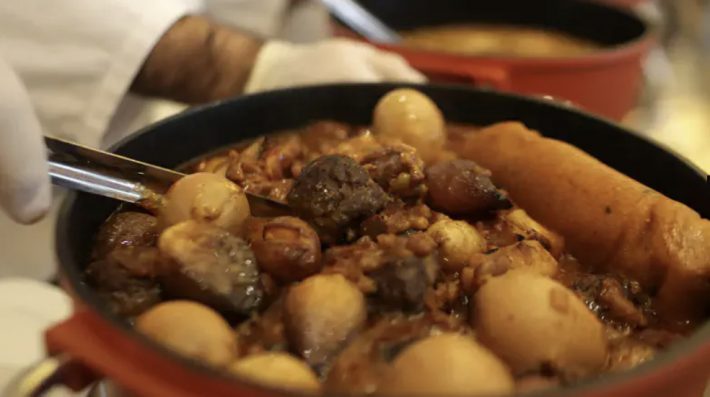Rabbi Yitzchok Zilberstein Clarifies: Cholent Best Reserved for Shabbat, Not Prohibited on Weekdays
Rabbi Yitzchok Zilberstein has recently shed light on his latest halakhic guidance, encouraging the cherished tradition of eating cholent—the beloved Sabbath stew—exclusively on Shabbat, as a means of elevating and honoring the sanctity of the day.
His statement, however, is not a sweeping ban. On Wednesday, the esteemed halakhic authority emphasized that the ruling was not intended to forbid weekday consumption outright. “Certainly, at a seudat mitzvah—a celebratory meal tied to a religious commandment—there is no issue at all,” he explained. “It is entirely permissible to enjoy cholent in such a context.”
Responding to a common question regarding Thursday night cholent served in yeshivas, Rabbi Zilberstein affirmed: “Yeshiva students should eat what is served. They rely on their rosh yeshiva (dean) in all matters. If the administration chooses to serve cholent during the week, the students may partake without hesitation.”
The intent of the ruling, he clarified, was to strengthen the connection between cholent and the Shabbat experience—a culinary and spiritual association rooted deeply in Jewish life. “This is a matter of hidur mitzvah—beautifying the mitzvah of honoring Shabbat,” Rabbi Zilberstein noted, underscoring that the suggestion is aspirational rather than restrictive.
Cholent, traditionally a slow-cooked stew of meat, potatoes, beans, and grains, was originally developed as a practical solution to the prohibition of cooking on Shabbat. Over time, it became a signature Sabbath dish across Jewish communities. In recent decades, it has found renewed popularity outside the Shabbat context—especially on Thursday nights at informal eateries known as cholentiot across Israel and beyond.
Rabbi Zilberstein’s message reflects not a condemnation of this trend but a reminder: the flavors of Shabbat are meant to be savored in both body and spirit. By keeping cholent primarily a Shabbat dish, he suggests, its holiness and joy may be more deeply preserved.





